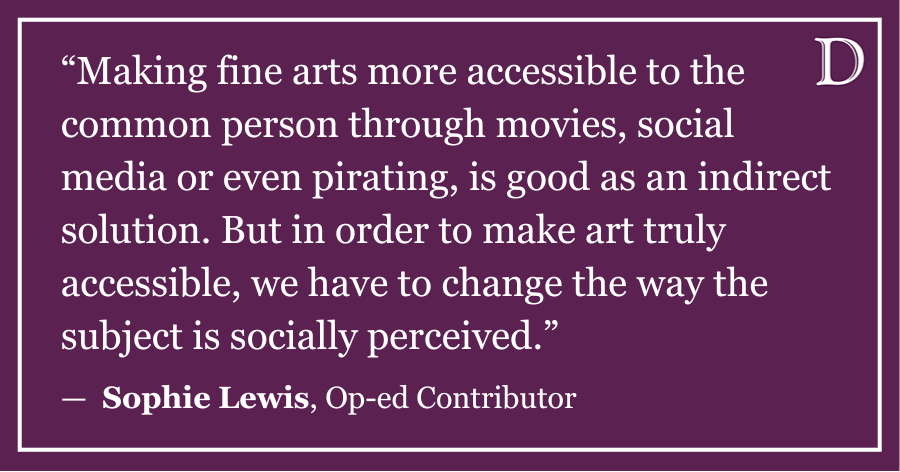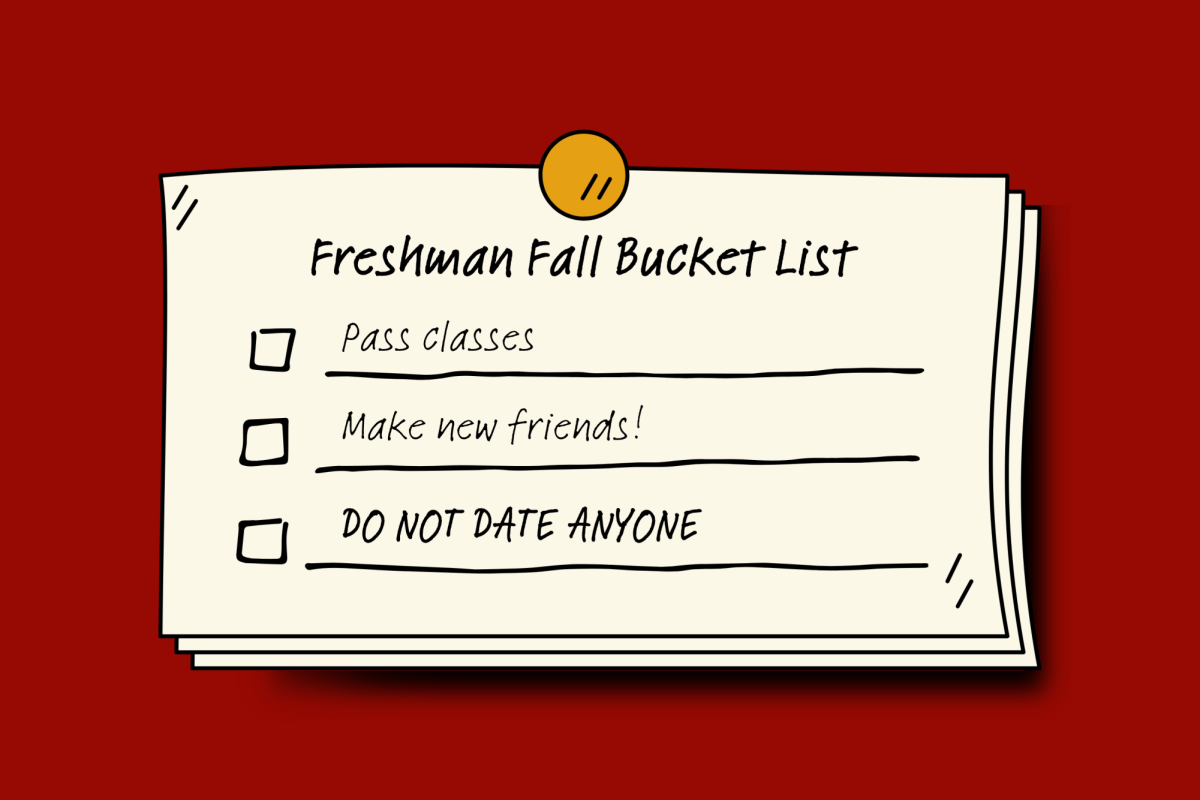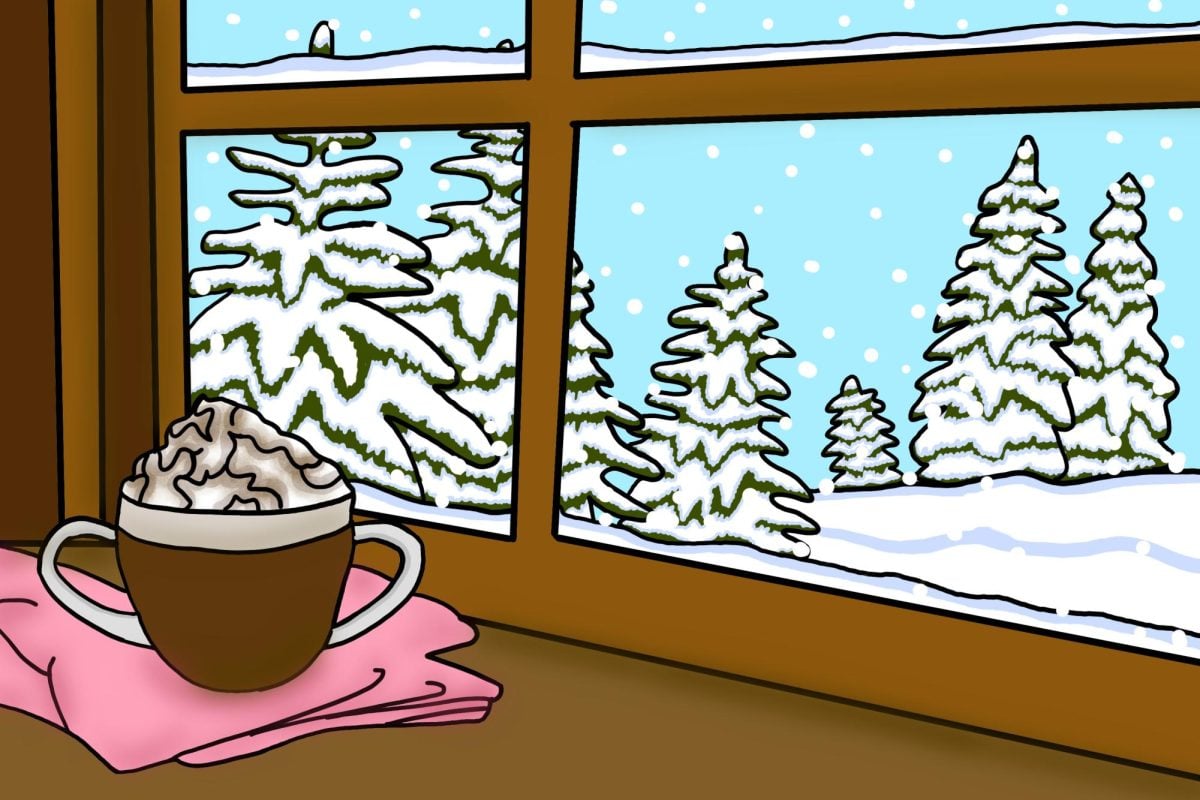If you want to believe the journalism junkies, they’ve been changing more than just names around Medill.
It’s been less than five years since Dean John Lavine became Northwestern’s head scribe, and from the start the changes he instituted had the old lions of journalism roaring. Lavine grabbed headlines by pushing a steady diet of “new media” onto the curriculum of journalism students, emphasizing issues like online content and marketing toward an audience in his new curriculum for the School of Journalism.
So the true believers of NU journalism did what they did best. They set about raising hell. An anonymous professor told Chicago magazine that Lavine’s emphasis on marketing was “dangerously close to pandering.” One grad student called the new emphasis on technology “half-baked” in an interview with The Daily a few years ago.
Now four years after Lavine stormed onto campus, we’re set to rechristen the school the Medill School of Journalism, Media, Integrated Marketing Communications. It doesn’t taken an eye for The Daily’s “audience” to foresee another round of bitter interviews and letters to the editor brewing. So before we spill a few gallons of ink to decry how far we muckrakers have fallen, lets take a hard look at the state of journalism on the Northwestern campus.
It hasn’t been a month since The Daily ran a front-page story about vandalism outside a Northwestern Jewish center, then had Editor in Chief Brian Rosenthal apologize for what he deemed sensational coverage. Brian’s letter showed maturity and a sensitivity to the impact of news reporting in a small community. The original article didn’t.
I’m not trying to rag on Brian or on the reporters who covered the Chabad vandalism incident. I only mean to point out that even in traditional, old-fashioned blood-and-guts news journalism, the articles are still only as balanced as the information available to those who write them.
It’s not a phenomenon limited to the college press. The Tribune plastered a photo of a diesel bus on their front page, to go along with an outraged story about excessive idling of diesel engines in violation of Chicago law. Unlike the Trib’s reporter I happened to work for the Chicago Department of Environment for a few months and I know that some CTA buses need to idle for their on-board electronics (like the light-up displays which detail destinations) to continue to function. That particular detail didn’t make it into the Trib’s critique of CTA’s wasteful vehicle operation. And make no mistake, I don’t blame them for omitting that nuance. Because even the most pure-of-heart objective reporter just can’t know everything about every story.
And that’s where the Medill name change won me over. Because if there’s anything true believers in journalistic integrity need to study, it’s “media.” Fifty years ago, reporters had more freedom to play fast and loose with quotes than today’s journalists. Many aspects of the profession have changed for the better, and some folks want to talk as though journalists write nothing but the truth.
Well, we don’t. And we can’t. And the more we study they ways we fail in that mission, the better off our readers are. An education in journalism should teach us about ourselves. It should look hard at our readers. It should examine from every angle the complicated relationship between the people who read the news and individuals who try to deliver it in the truest way they know how. That includes the study of media. That includes a look at our markets.
We don’t report the news in a vacuum, and we haven’t ever. If we can put ourselves in a position to learn how to deliver the news better – with less bias and better information, in a way that will really make a difference in people’s lives – then it’s worth listening to the growls of the old lions over a little change in name.
Mike Carson is a Weinberg senior. He can be reached at [email protected].






